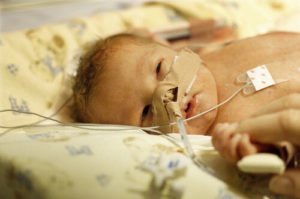Search This Blog
The blog aims to educate and knowledge sharing portal on pediatrics and the miscellaneous disease.
Featured
- Get link
- X
- Other Apps
Perinatal asphyxia
Perinatal asphyxia is a decrease in blood flow to the baby's tissues or decreases in oxygen in the baby's blood before, during, or just after delivery. Some common cause include the following:
- Separation of the placenta from the uterus before delivery (placental abruption)
- Obstruction of umbilical cord blood flow
- Abnormal development of the fetus (for example, when there is a genetic abnormality)
- Severe infection in the fetus
- Exposure to certain drugs before birth
- Severe maternal hemorrhages
- Severe maternal illness
Regardless of the cause, affected newborns appear pale and lifeless at birth. They breathe weakly or not at all and have a very slow heart rate. They need to be revived (resuscitated) after delivery. Resusciatation may include use of a resuscitation bag and mask to push air into the lungs or insertion of a breathing tube in the newborn's throat (endotracheal intubation). If asphyxia resulted from rapid blood loss, the newborn may be in shock. they are immediately given fluids by vein, and sometimes a blood transfusion.
Newborns with asphyxia may shows signs of injury to one or more organ systems, including the following:
- Heart: Poor color, low blood pressure
- Lungs: Difficulty breathing and low oxygen levels
- Brain: Lethargy, seizures, or even coma
- Kidneys: Reduced output of urine
- Liver: Difficulty digesting milk
- Blood forming system: Low platelet count and bleeding
Survivors who have minimal injruy to the brain may be completely normal. Survivvors who have moderate to severe injury to the brain may have permanent signs of damage, ranging from mild learning disorders to delayed development to cerebral palsy. Some severely asphyxiated infants do not survive.
Popular Posts
Overview and symptoms of Turner syndrome
- Get link
- X
- Other Apps
Diagnosis and treatment of Umbilical Hernia
- Get link
- X
- Other Apps



Comments
Post a Comment